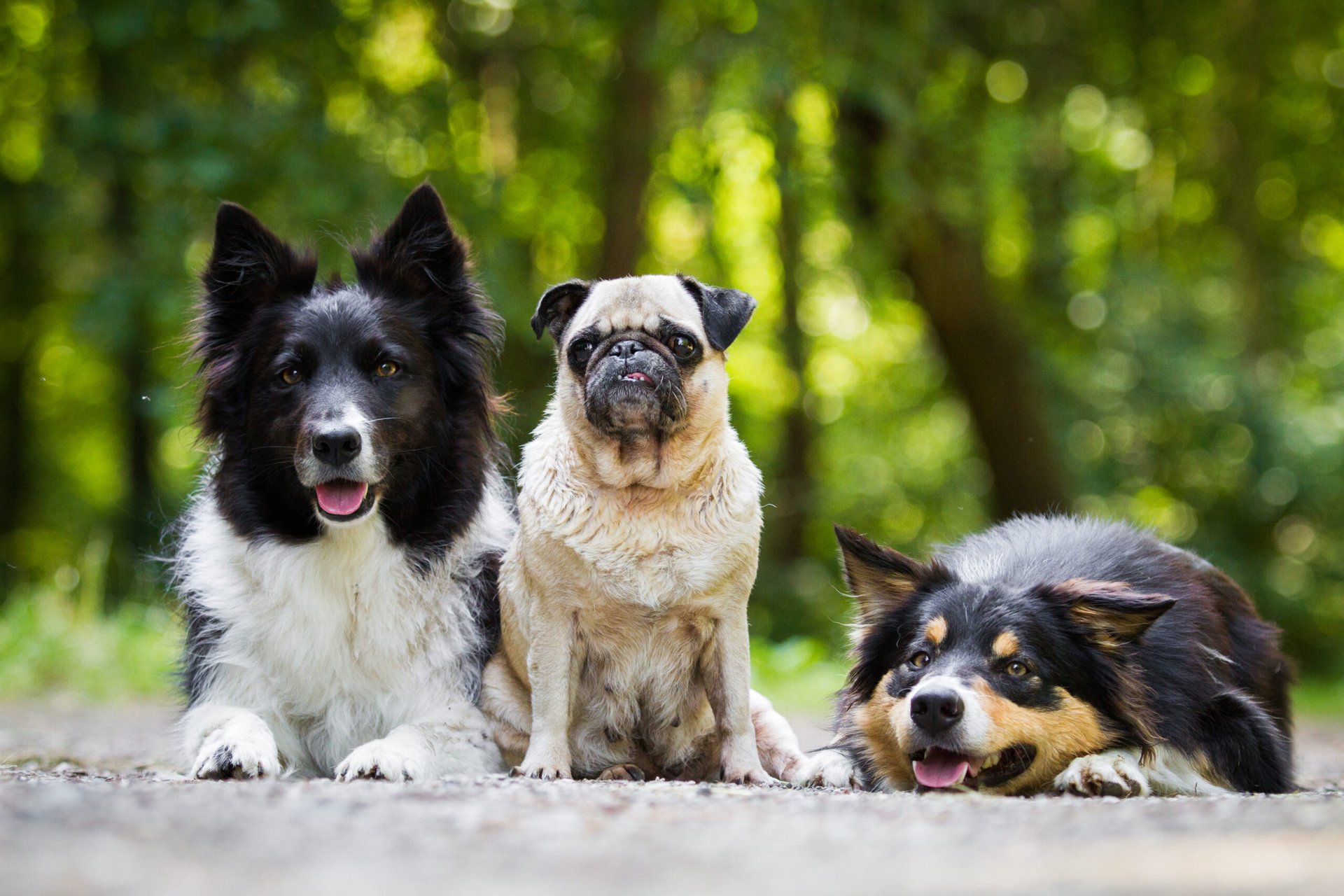
The risk that your dog might be diagnosed with cancer grows significantly with the size of the dog, according to researchers at insurer Nationwide.
Members of the company’s pet health analytics and insights team found that the relative risk of a purebred dog developing cancer was 185% for large and extra-large breeds.
That compares with a 69.3% risk for toy purebred dogs. The relative risk for medium-sized purebred dogs is 131.7%, and for small ones, 103.6%.
Mixed breeds fared better, with relative risk ranging from 27.3% for toy mixed-breed dogs to 91.7% for large and extra-large mixed breeds.
Percentages reflect the risk of cancer as compared with that for all other dogs — meaning dogs of all ages and sizes, including both purebreds and mixed breeds.
The researchers’ conclusions were based on Nationwide pet health insurance claims data for 1.61 million dogs over a period of six years.
The Nationwide team noted that the findings were consistent across both purebred and mixed-breed dogs and for almost all body systems that cancer affects.
Knowing that larger dogs are more susceptible to cancer is a valuable insight. It can help dog owners be on the lookout for symptoms of cancer and act promptly, when treatments are most likely to be successful, the researchers say.
Given the findings, the Nationwide team makes the following suggestions:
- Do not take a wait-and-see approach if your dog is limping. Larger dogs can develop bone cancer as early as age 6.
- Consider routine tests for medium, large and extra-large dogs. For example, the researchers suggest screening for liver cancer as early as age 8, or even younger.
- Remember that younger dogs can be at risk. Some cancers — such as lymphoma — can put dogs at risk beginning in their middle years.
In addition, the researchers urge you to be on the lookout for symptoms that might indicate cancer in your dog, including weight loss or loss of appetite and lumps, bumps and swelling. Lack of interest in activities can be another sign of cancer.
For more advice on taking care of your pet, check out:





Add a Comment
Our Policy: We welcome relevant and respectful comments in order to foster healthy and informative discussions. All other comments may be removed. Comments with links are automatically held for moderation.